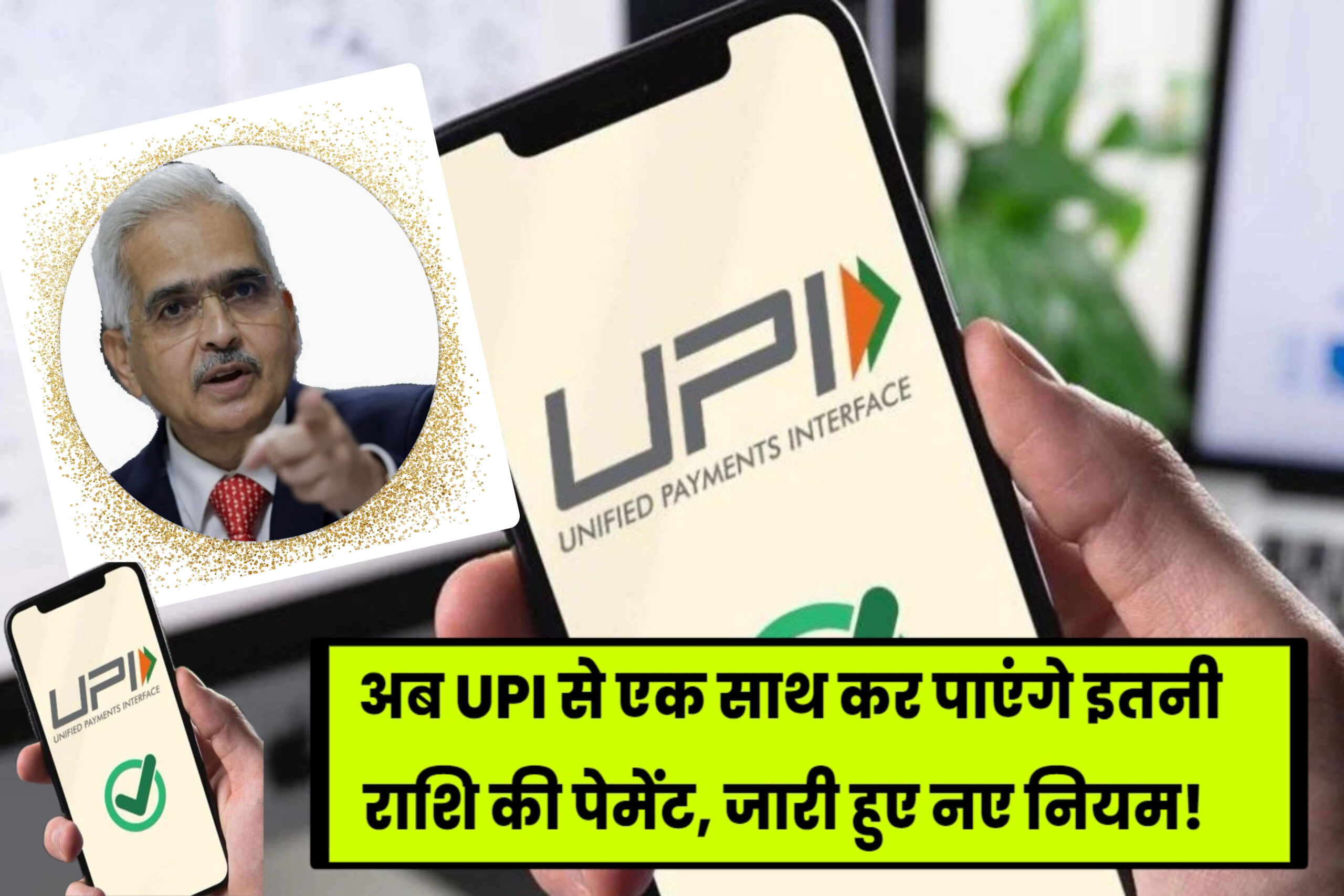The Evolution of Digital Payments in India: Embracing the New RBI UPI Transaction Limits
India stands as a unique example in the global arena for its swift and efficient digital payment system, primarily powered by the Unified Payments Interface (UPI). This innovative platform has revolutionized the way financial transactions are conducted, offering unparalleled convenience and speed. Traditionally, UPI transactions were capped at Rs 1 lakh per day, catering to the daily financial needs of millions across the country. However, the landscape of digital payments is set to transform with the Reserve Bank of India’s recent announcement, heralding a new era for UPI transactions.
The Leap to Higher Transaction Limits
In a landmark move, the RBI has unveiled new guidelines that significantly elevate the UPI transaction limit to Rs 5 lakh per day. This enhancement is not without its conditions, focusing primarily on transactions related to healthcare and educational institutions. The decision to specifically increase limits for these sectors underscores the RBI’s intent to facilitate easier access to essential services, recognizing the critical nature of healthcare and education in the socio-economic fabric of India.
The Scope of the New Limit
The revised UPI transaction limit of Rs 5 lakh is a targeted initiative, allowing payments of higher amounts exclusively to hospitals and educational institutions. This strategic focus aims to streamline the payment process for significant expenses, such as medical bills and tuition fees, thereby reducing the financial and administrative burden on individuals and families. While the general limit for other types of transactions remains at Rs 1 lakh, this nuanced approach by the RBI is a testament to its commitment to enhancing the digital payment infrastructure in areas of paramount importance.
Expansion of Transaction Limits for Financial Obligations
The RBI’s new guidelines also extend the UPI transaction limit to Rs 2 lakh for specific financial commitments, including loan repayments, credit card bills, and mutual fund investments. This adjustment reflects a thoughtful consideration of the financial behaviors and needs of consumers, facilitating larger transactions for personal and investment purposes. By accommodating higher transaction volumes for these categories, the RBI is effectively broadening the scope and utility of UPI, making it a more versatile tool for managing a wide range of financial activities.
Implications for Digital India
The RBI’s initiative to increase UPI transaction limits is poised to have a far-reaching impact on the digital payment landscape in India. By accommodating larger transactions, the RBI is not only enhancing the convenience and efficiency of digital payments but also fostering greater adoption of digital financial services among the population. This move is expected to boost the volume of digital transactions in the country, furthering the government’s vision of a Digital India. The emphasis on sectors like healthcare and education, in particular, highlights a strategic approach to digital inclusivity, ensuring that the benefits of technology reach all segments of society.
A New Chapter for UPI: Reflections and Prospects
The RBI’s decision to increase UPI transaction limits has been met with widespread enthusiasm, signaling a new chapter in India’s digital payment story. This development is not merely about numbers; it represents a deeper shift towards leveraging technology to address real-world challenges and improve the quality of life. As digital payments become more ingrained in the daily lives of Indians, the role of platforms like UPI in driving financial inclusion and economic development cannot be overstated.
With this progressive step, the RBI has laid down a marker for the future of digital payments in India, blending innovation with inclusivity. As we reflect on the implications of the new UPI transaction limits, the conversation extends beyond the realms of finance and technology. It touches upon the broader aspirations of a nation striving towards a more connected and empowered society, where access to essential services is simplified, and financial barriers are progressively dismantled.
Engaging with the Future
As we navigate through the nuances of the RBI’s new guidelines, the expansion of UPI transaction limits invites us to ponder the evolving dynamics of digital finance in India. This pivotal moment prompts discussions among stakeholders, from policymakers to consumers, on the future trajectory of digital payments and the role of technology in shaping a more inclusive economic landscape.
Your thoughts and perspectives on these developments are invaluable as we collectively explore the implications and opportunities presented by the enhanced UPI transaction limits. We encourage you to share your views and join the conversation on the future of digital payments in India.
Stay informed and engaged with the latest updates in digital finance by visiting TrendyNews, your go-to source for news that matters.

